
The 2025 Ather 450 Put Through An Insane Track Attack Challenge...
- Jan 4, 2025
- Views : 89629

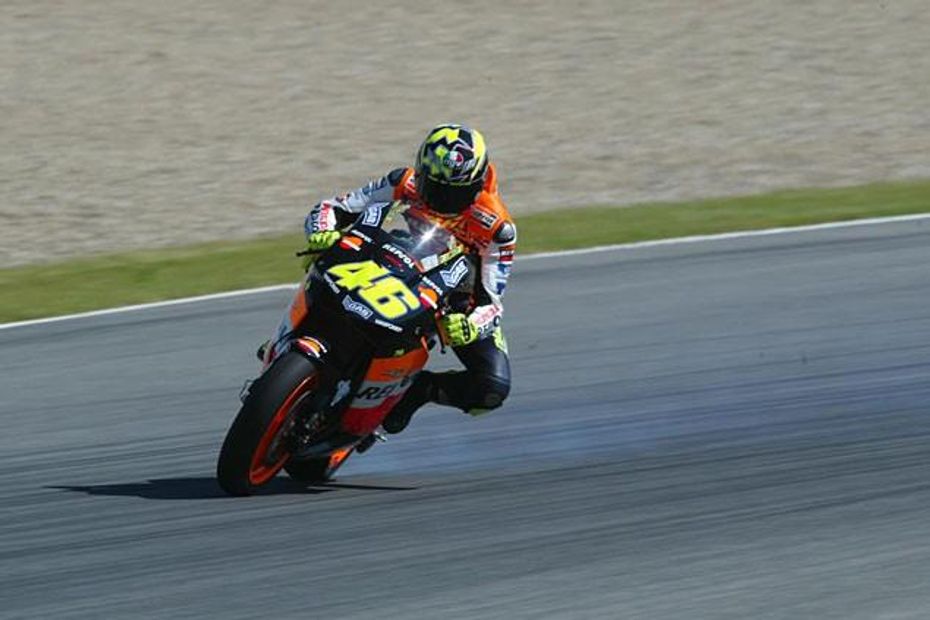
We’ve all had it happen to us - get a little too eager on the throttle on an imperfect surface and you’ll find your bike wanting to swap ends. So how do litre-class riders manage to whack open the gas without being sent into orbit? The answer is quite simple - traction control.
The primary aim of any traction control system is to mitigate wheelspin under acceleration. In order to do this, you need to first know how quickly the wheels are spinning, and this is done using wheel speed sensors placed at either end of the motorcycle. The front wheel isn’t powered by the engine, and is hence always rolling freely. In other words, unless you’re pulling a wheelie, your front wheel speed is equal to the overall vehicle speed.
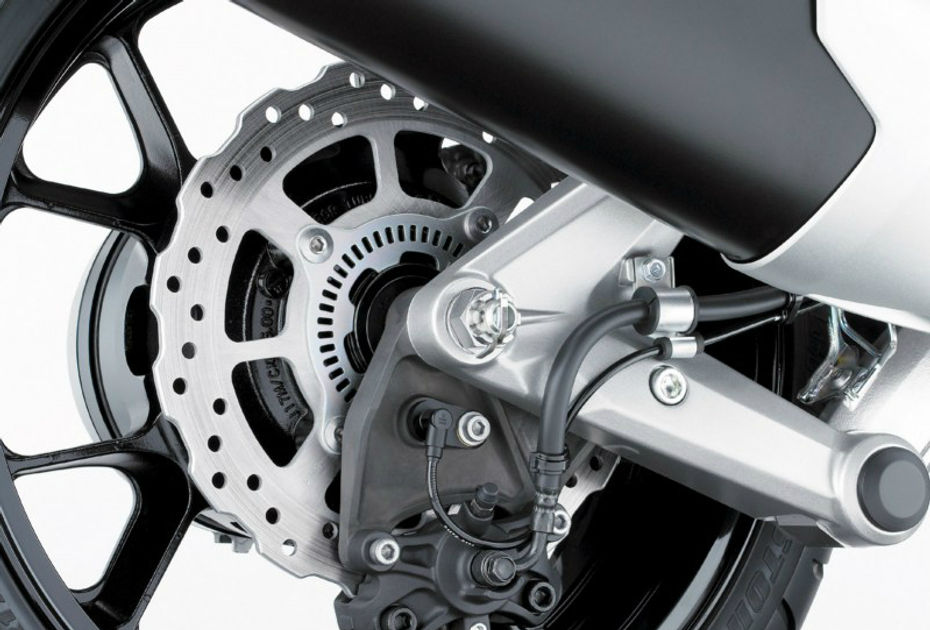
So when the rear wheel speed begins to exceed the front wheel speed, you know that there is some slippage occuring. This is what needs to be minimised. In essence, you need to reduce the torque being sent to the rear wheel, and there are a couple of ways to achieve this. The first, more rudimentary way, is by cutting ignition.
With fuel not being ignited in the combustion chamber, no power or torque is produced for that cycle. So for example, cutting the ignition on every alternate cycle will result in a roughly 50% reduction in torque being sent to the rear wheel. In this manner, the exact amount of torque being sent to the rear wheel can be manipulated to ensure that front and rear wheel speeds always match up, and hence no slippage occurs.
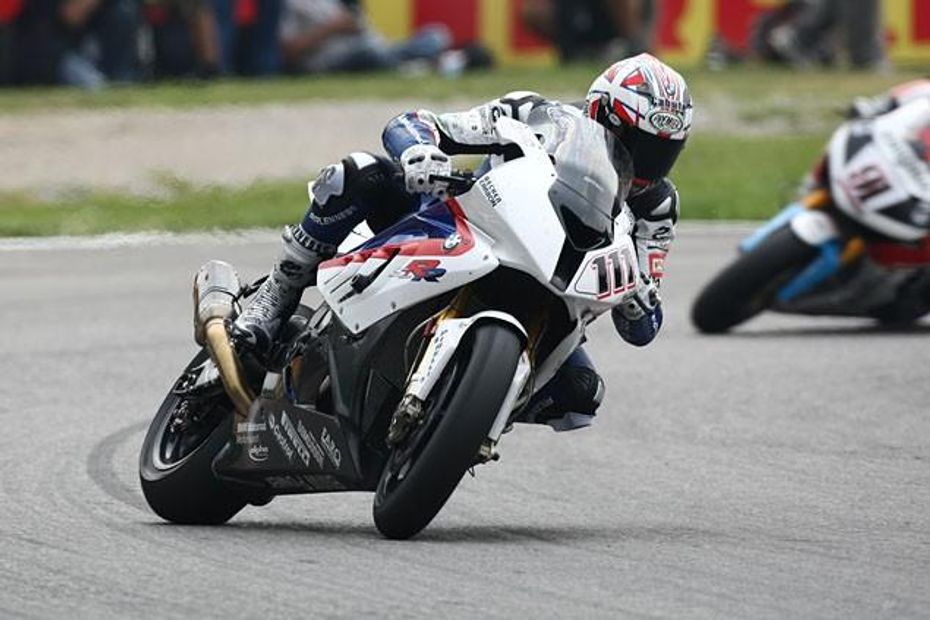
The second way to cut power to the rear wheel is by partially closing the butterfly valve in the throttle body. This restricts the amount of air-fuel charge entering the cylinder and consequently reduces the amount of power and torque produced by the engine. The smartest systems out there can even manipulate the butterfly valve opening independently on motorcycles with multiple cylinders and multiple throttle bodies to precisely deliver the exact amount of torque desired.
In functioning, the wheel speed sensors send their data to the ECU, on the basis of which it decides whether slippage is occurring or not. When slippage is detected, the ECU decides to either cut the ignition or partially close the throttle body/bodies depending on the hardware available, until both wheel speeds are equalised.
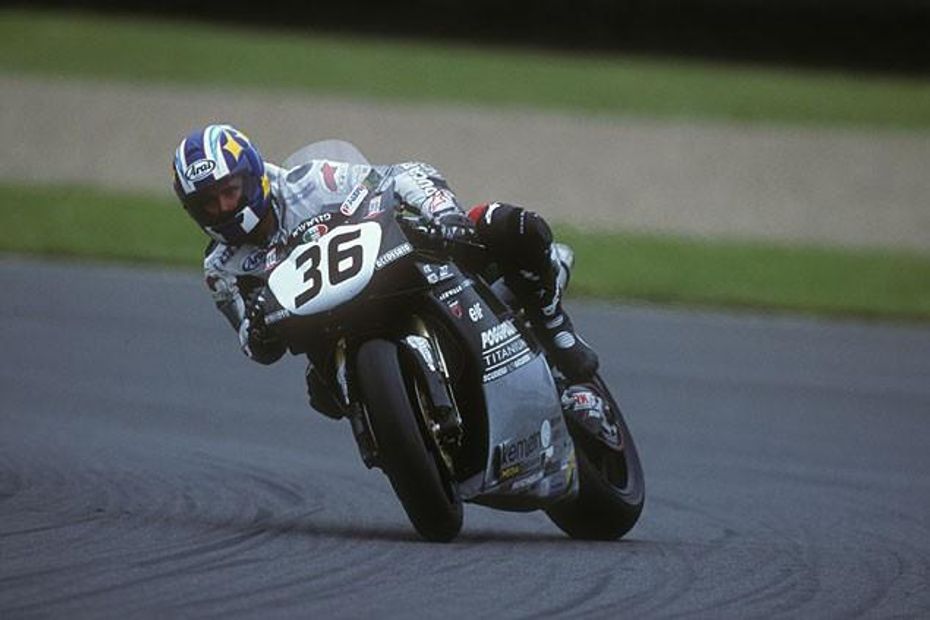
Time and technology wait for none, and traction control systems are getting ever smarter by the day. The latest developments include IMU-assisted lean-sensitive traction control. The rear tyre can put down more torque when the motorcycle is completely upright as compared to when it is leaned over. The IMU gathers data about the motorcycle’s orientation using its various accelerometers and gyroscopes, and sends these numbers to the ECU. On the basis of this data, the ECU can further refine torque delivery to the rear wheel, minimising wheelspin and maximising acceleration.
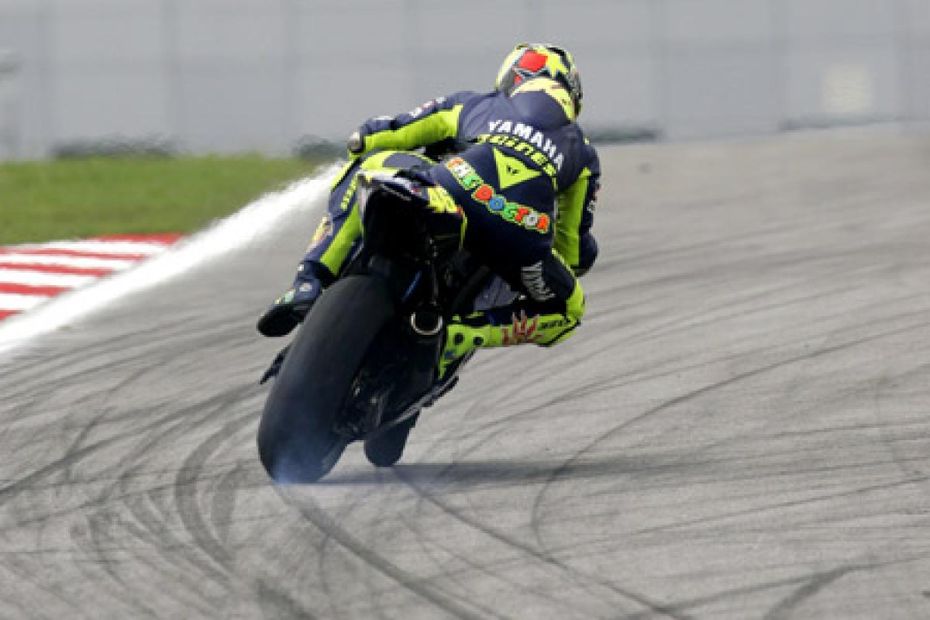
So the next time you roll on the gas with reckless abandon on a slippery surface and wonder how things panned out so smoothly, look down at the frantically flashing orange light on your cluster and appreciate the computer wizardry that’s keeping you right side up.

The 2025 Ather 450 Put Through An Insane Track Attack Challenge...

2025 Ather 450 Incoming: Here’s What It Could Be Capable Of

TVS Apache RTX 300 Adventure Bike Unveiled At Auto Expo 2025

BREAKING: 2025 Honda SP125 Launched In India

2025 Bajaj Pulsar RS200; Launch In Next Few Days

2025 Suzuki Access 125 Launched At Auto Expo 2025

New Bajaj Pulsar Teased; Launch Likely In January 2025

Upcoming 2025 Bajaj Pulsar RS200 Teased Again

Suzuki E-Access VS Suzuki Access 125 Petrol : Differences Explained
India's largest automotive community
 Royal Enfield Scram 440
Rs. 2.08 Lakh
Royal Enfield Scram 440
Rs. 2.08 Lakh
 Honda Livo
Rs. 83,080
Honda Livo
Rs. 83,080
 BMW R 1300 GS Adventure
Rs. 22.95 Lakh
BMW R 1300 GS Adventure
Rs. 22.95 Lakh
 BMW S 1000 RR
Rs. 21.10 Lakh
BMW S 1000 RR
Rs. 21.10 Lakh
 Suzuki Gixxer SF 250 Flex Fuel
Rs. 2.16 Lakh
Suzuki Gixxer SF 250 Flex Fuel
Rs. 2.16 Lakh